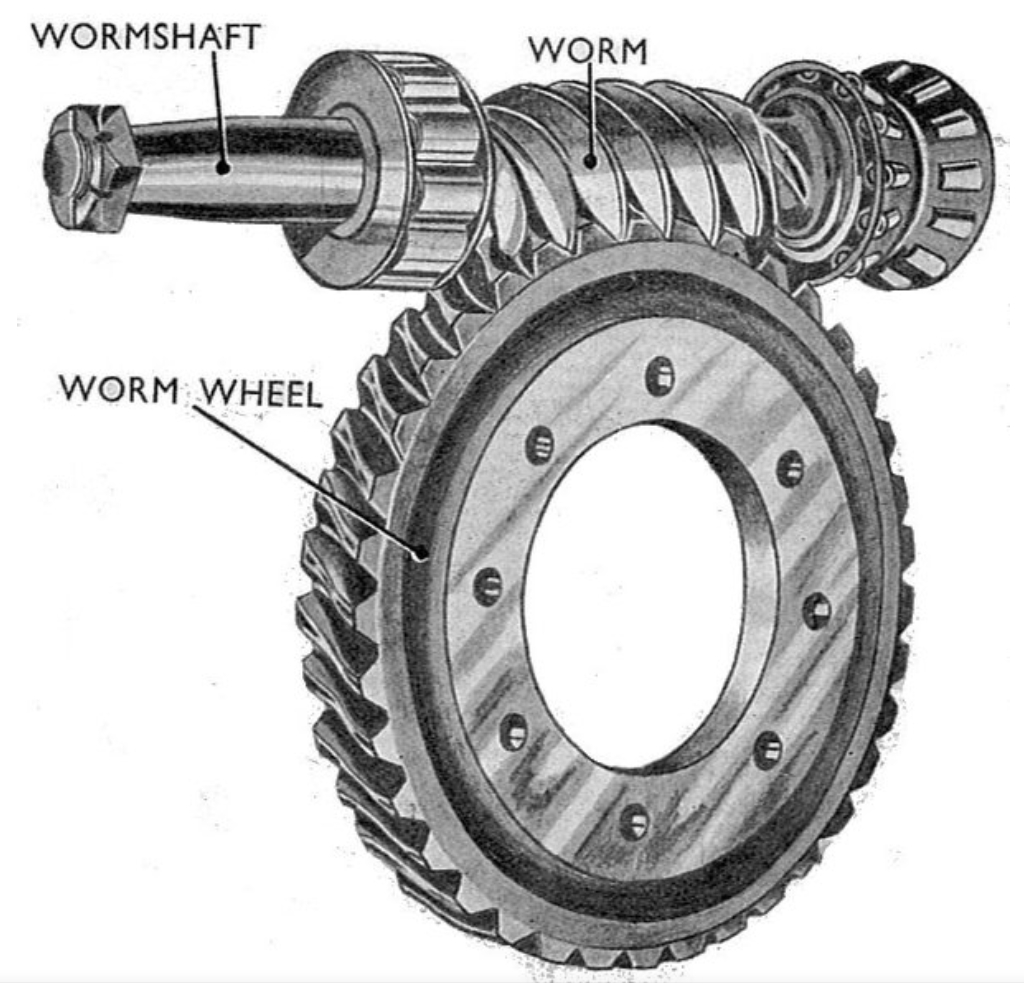Custom worm gear solutions play a vital role in addressing unique industrial needs. By tailoring worm gear to specific applications, manufacturers can optimize performance, efficiency, and lifespan. Here’s how custom solutions are developed and utilized:

- Understanding Application Requirements: The first step in creating a custom worm gear solution is to thoroughly understand the application’s requirements. This includes load capacity, speed, torque requirements, operational environment (such as temperature or presence of corrosive elements), space constraints, and desired lifespan.
- Material Selection: Based on the application’s demands, the right materials must be selected. For high-load or high-speed applications, hardened steel may be preferred. For applications requiring corrosion resistance, stainless steel or brass might be used. The selection of worm gear material also depends on the material of the mating worm, as compatibility is crucial to reduce wear.
- Design Customization: The design of the worm gear is tailored to meet specific needs. This can involve adjusting the gear ratio, modifying the tooth geometry, or changing the size and shape of worm gear. Advanced software tools are often used for modeling and simulation to predict performance under various conditions and to optimize the design.
- Manufacturing Techniques: Precision manufacturing techniques are critical in producing custom worm gear. Techniques like CNC machining,worm gear hobbing, and grinding are used to achieve the required accuracy and finish. Custom tooling might be developed for unique gear shapes or sizes.
- Surface Treatments and Heat Treatment: To enhance durability, custom worm gear might undergo surface treatments such as nitriding or carburizing, which improve surface hardness and wear resistance. Heat treatments can also be applied to modify worm gear’s overall mechanical properties.
- Testing and Quality Control: Rigorous testing is essential to ensure that the custom worm gear meets all specifications and performance requirements. This might include load testing, wear testing, and noise testing. Quality control measures are implemented throughout the manufacturing process.
- Integration with Existing Systems: In many cases, custom worm gear need to be integrated with existing machinery or systems. This requires precise engineering to ensure compatibility and to optimize the interface between the new gear and the existing components.
- After-Sales Support and Maintenance: Custom worm gear solutions often come with specialized support and maintenance plans. This ensures that worm gear operates effectively over its lifespan and that any issues can be quickly addressed.
Custom worm gear solutions are essential in sectors like aerospace, automotive, robotics, defense, and heavy machinery. They allow for innovations and efficiency improvements in these industries, providing solutions that standard gears cannot. By tailoring every aspect of the worm gear to the application, manufacturers can achieve optimal performance, longevity, and reliability.
